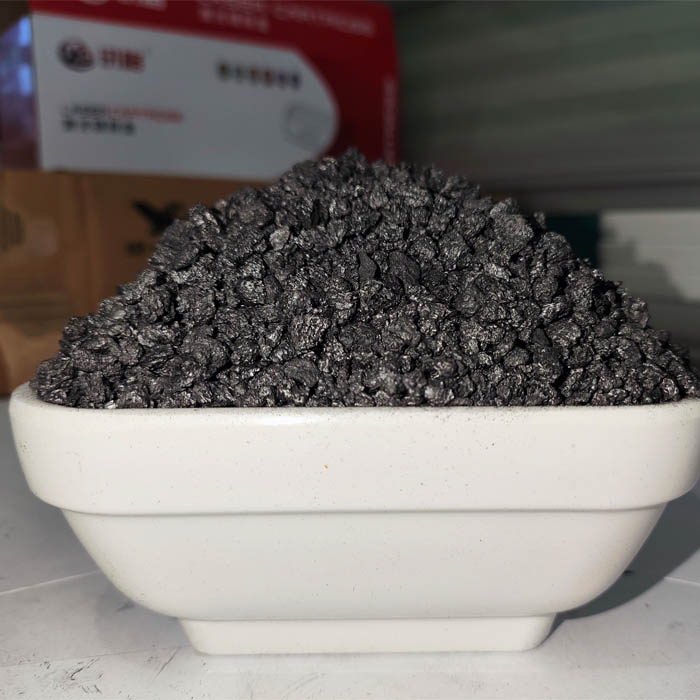Nov . 19, 2024 12:01 Back to list
metals resist oxidation factory
The Role of Metals in Resisting Oxidation Essential Insights for the Manufacturing Industry
Oxidation is a chemical reaction that results in the deterioration of materials, particularly metals. As industries continue to advance, the need for metals that effectively resist oxidation becomes paramount, particularly in sectors such as aerospace, automotive, and electronics. Understanding the properties of various metals and their alloys can significantly impact manufacturing processes, product longevity, and overall performance.
Oxidation occurs when metals react with oxygen in the environment, leading to the formation of metal oxides. This process can be accelerated by factors such as high temperatures, moisture, and exposure to corrosive chemicals. The consequences of oxidation can be dire, including structural failures, reduced conductivity in electrical components, and unsightly corrosion on products. As a result, the selection of materials that resist oxidation is a critical consideration for manufacturers.
Key Metals and Their Oxidation Resistance
Several metals exhibit excellent resistance to oxidation, making them suitable for various applications
1. Stainless Steel One of the most commonly used materials in industries, stainless steel contains chromium, which forms a passive oxide layer on its surface. This layer protects the underlying metal from further corrosion and oxidation, contributing to its durability and aesthetic appeal. Stainless steel is widely used in kitchen appliances, medical instruments, and construction materials due to its resistance to rust and staining.
2. Titanium Known for its exceptional strength-to-weight ratio and excellent corrosion resistance, titanium naturally forms a protective oxide layer that prevents further oxidation. As a result, titanium is often used in aircraft, marine applications, and biomedical implants. Its lightweight nature combined with high resistance to oxidation makes it a preferred choice for high-performance applications.
3. Aluminum Another metal with prominent oxidation resistance, aluminum also forms a protective oxide layer when exposed to air. This oxide film enhances its resistance to corrosion, making aluminum suitable for various applications, including packaging, automotive parts, and structural components in buildings. However, while the oxide layer provides some protection, aluminum can still corrode under certain conditions, particularly in saline environments.
4. Nickel and Nickel Alloys Nickel is revered for its resistance to oxidation and corrosion, making it ideal for harsh environments. Nickel-based alloys are commonly used in chemical processing equipment, aerospace components, and marine applications. Their ability to maintain structural integrity in extreme conditions makes them invaluable in manufacturing settings.
metals resist oxidation factory

Implications for Manufacturing
As manufacturers prioritize efficiency and sustainability, the choice of metals plays a crucial role in product design and performance. Utilizing oxidation-resistant materials can lead to lower maintenance costs, increased product lifespan, and enhanced reliability. This is especially important in sectors where safety and performance are critical, such as aerospace, where even minor failures can result in catastrophic consequences.
Moreover, the increasing focus on environmental sustainability urges manufacturers to reconsider their material choices. Metals like aluminum and stainless steel are relatively recyclable, promoting a circular economy. By selecting oxidation-resistant metals, manufacturers can contribute to reducing waste while maintaining high-performance standards.
Innovations in Oxidation Resistance
The field of metallurgy continues to evolve, leading to innovations aimed at enhancing oxidation resistance. Researchers are developing advanced coatings and treatments that can further improve the performance of existing metals. For instance, applying ceramic or polymer coatings can create a barrier that protects the metal substrate from environmental factors. Furthermore, advancements in alloy development allow for the creation of materials specifically engineered to withstand extreme conditions.
In the research laboratory, understanding the mechanisms of oxidation at the molecular level will lead to breakthroughs in creating next-generation materials. Efforts are being made to enhance the inherent features of metals through surface treatments like anodization and passivation, providing even greater durability against oxidation.
Conclusion
In conclusion, the importance of metals that resist oxidation cannot be overstated in the manufacturing industry. Metals like stainless steel, titanium, aluminum, and nickel alloys provide the necessary resilience against the damaging effects of oxidation. By prioritizing these materials, manufacturers can ensure the longevity, reliability, and sustainability of their products. As technological advancements continue to emerge, the future of oxidation-resistant materials looks promising, presenting new opportunities for industries worldwide. The continued exploration and innovation in this field are vital for maintaining high standards of quality and performance in manufacturing processes.
-
Eco-Friendly Granule Covering Agent | Dust & Caking Control
NewsAug.06,2025
-
Fe-C Composite Pellets for BOF: High-Efficiency & Cost-Saving
NewsAug.05,2025
-
Premium Tundish Covering Agents Exporters | High Purity
NewsAug.04,2025
-
Fe-C Composite Pellets for BOF | Efficient & Economical
NewsAug.03,2025
-
Top Tundish Covering Agent Exporters | Premium Quality Solutions
NewsAug.02,2025
-
First Bauxite Exporters | AI-Optimized Supply
NewsAug.01,2025
